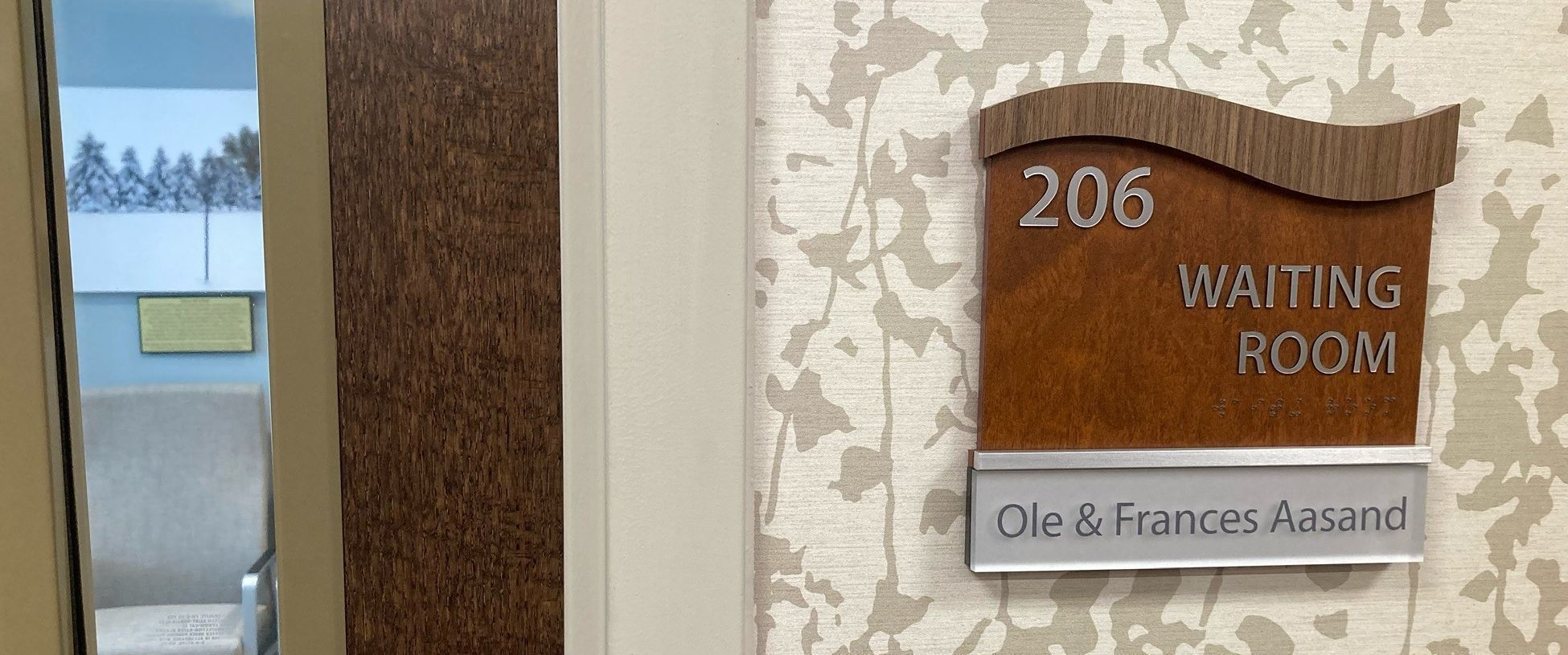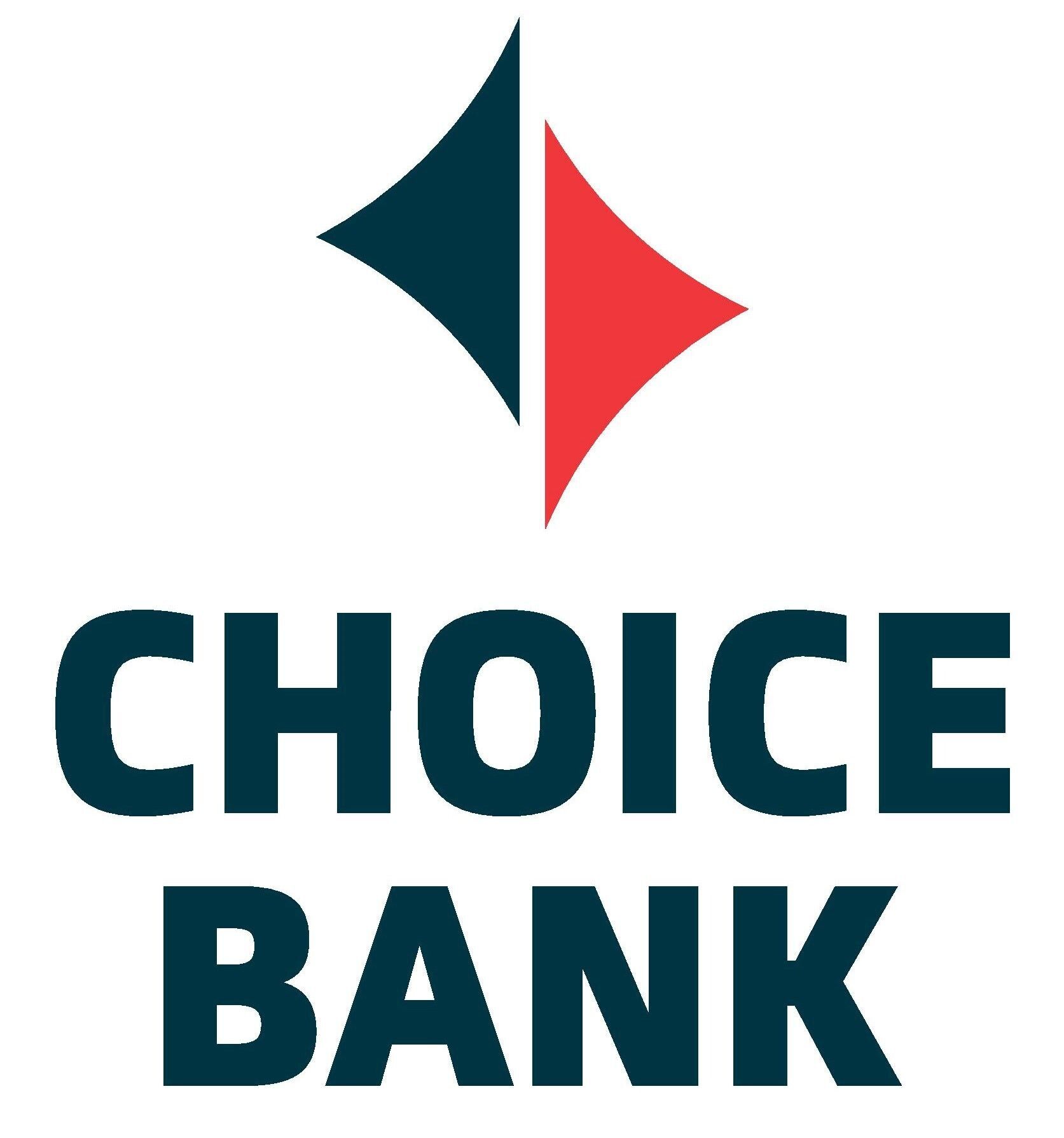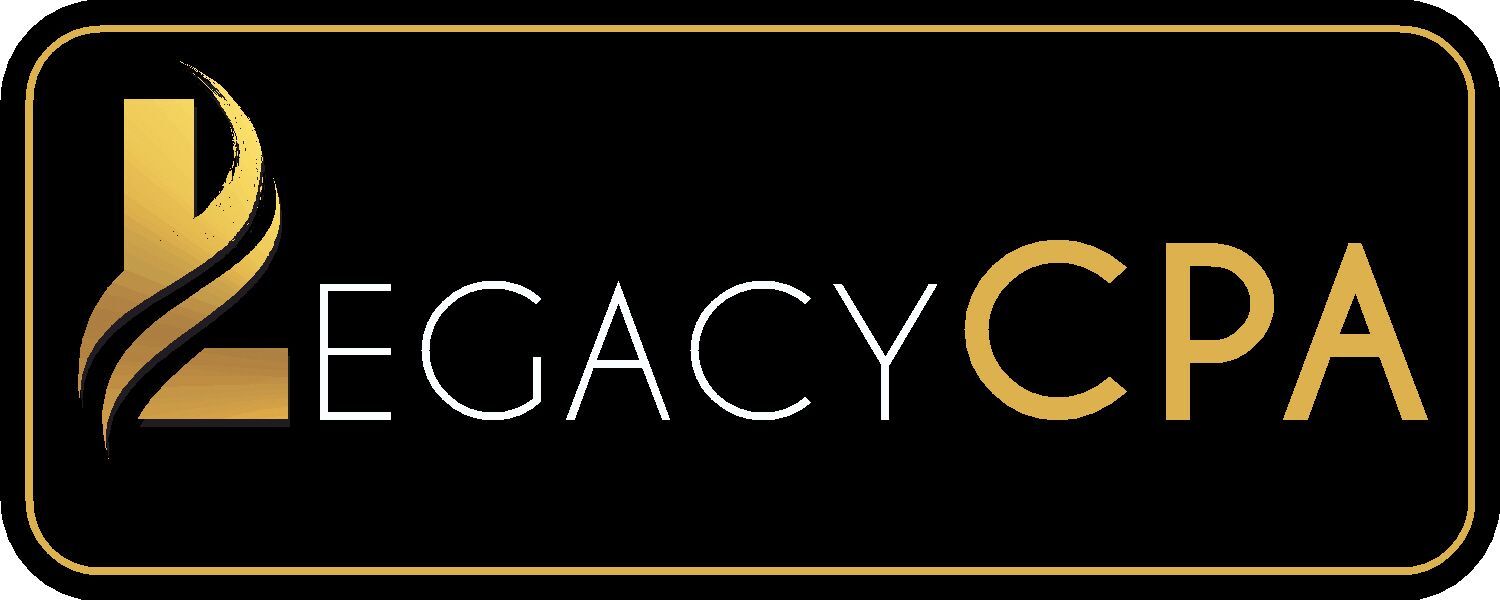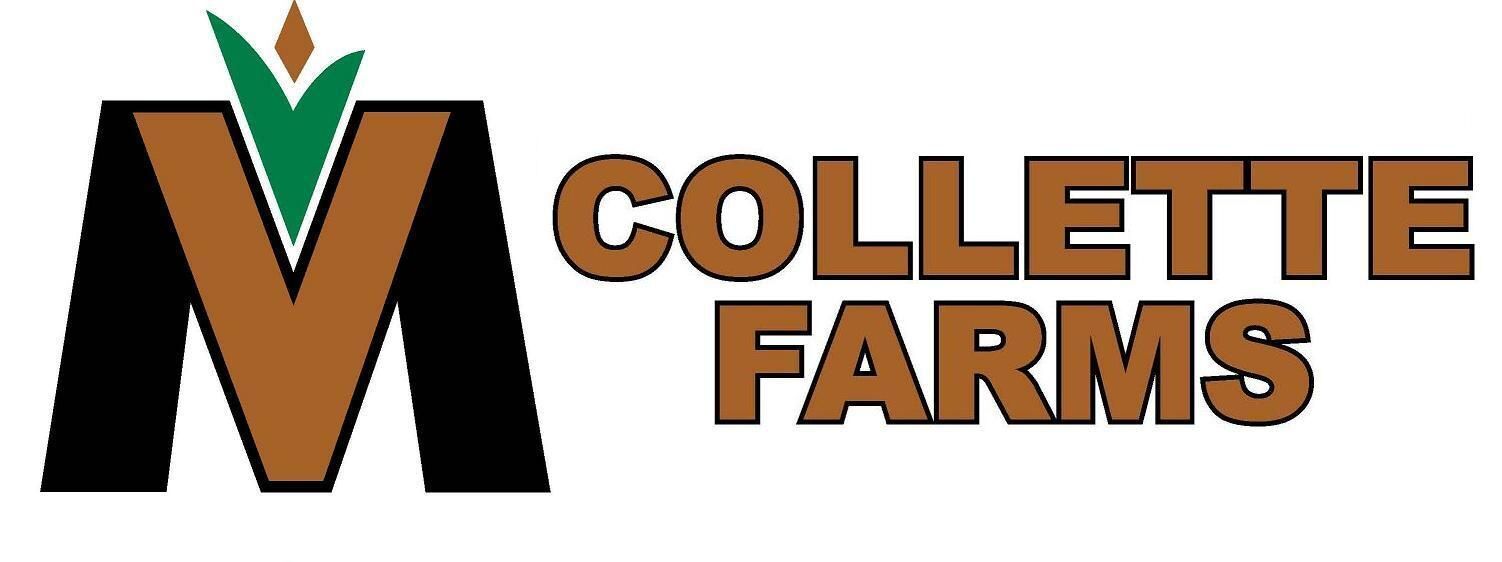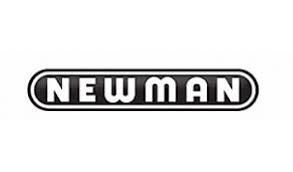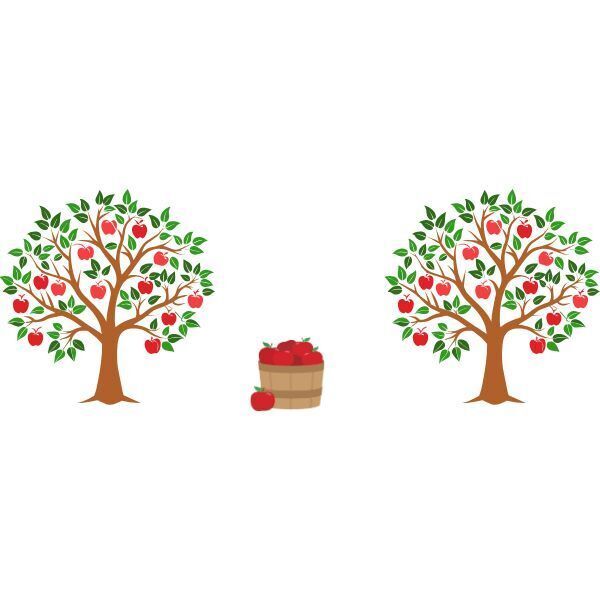
Sometimes it’s tough to succinctly explain all the different ways a donor can make a gift that benefits Unity Medical Center, as well as themselves.
First of all, I think it’s our human nature to reject the idea that giving to others helps ourselves. That’s not usually our primary purpose in doing it. However, it is my responsibility to inform donors of their giving options, and I think the Gift Planning Institute does a great job of explaining the difference between charitable remainder trusts (CRTs) and charitable lead trusts (CLTs), so I wanted to share it with you.
Maybe I was hungry at the time I heard this, and that’s why this example stuck in my head.
The Gift Planning Institute aptly compares CRTs to an apple tree owned by the donor. The donor who puts his or her apple tree in a CRT benefits from an income tax deduction and lifetime income from the sale of the apples on the tree. When the donor passes away, the tree is then gifted to a charity.
In comparison, a donor who puts his or her apple tree in a CLT continues to own the tree, but the charity continually receives the income from the sale of the apples on the tree. When the donor passes away, the tree becomes part of the donor’s estate. There are various tax benefits in this scenario as well.
That’s a pretty simplified way of explaining it, but I think it helps in understanding one of the biggest differences between the two. There are many different tax benefits in each scenario, so as always, I would encourage you to consult your tax advisor if you have any questions about these options.









